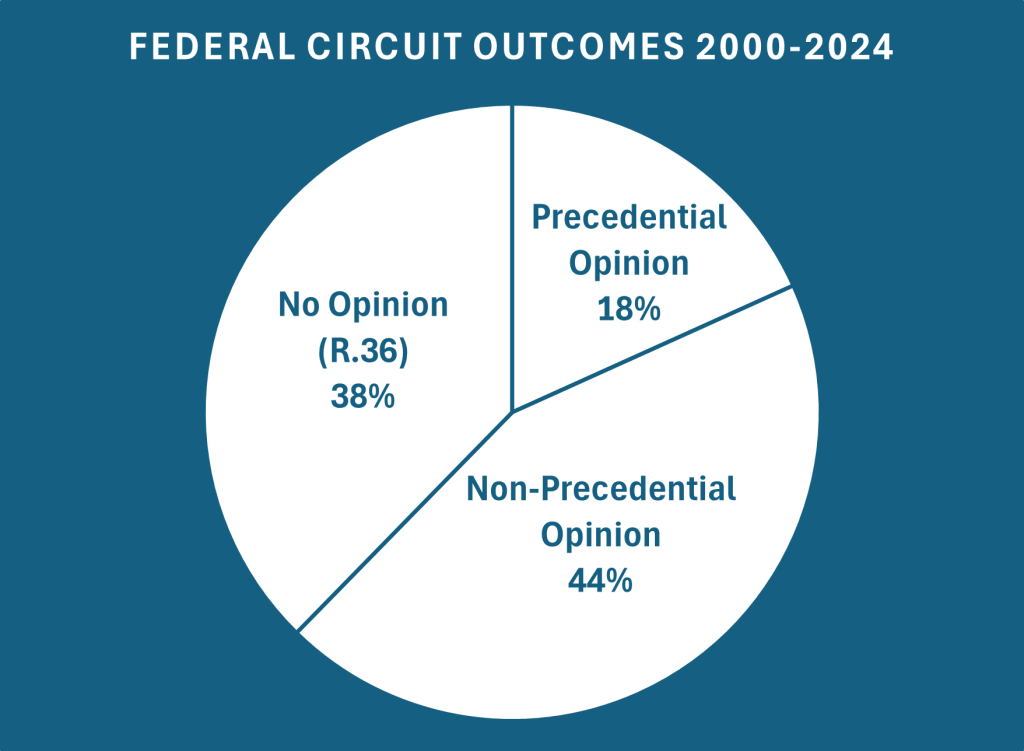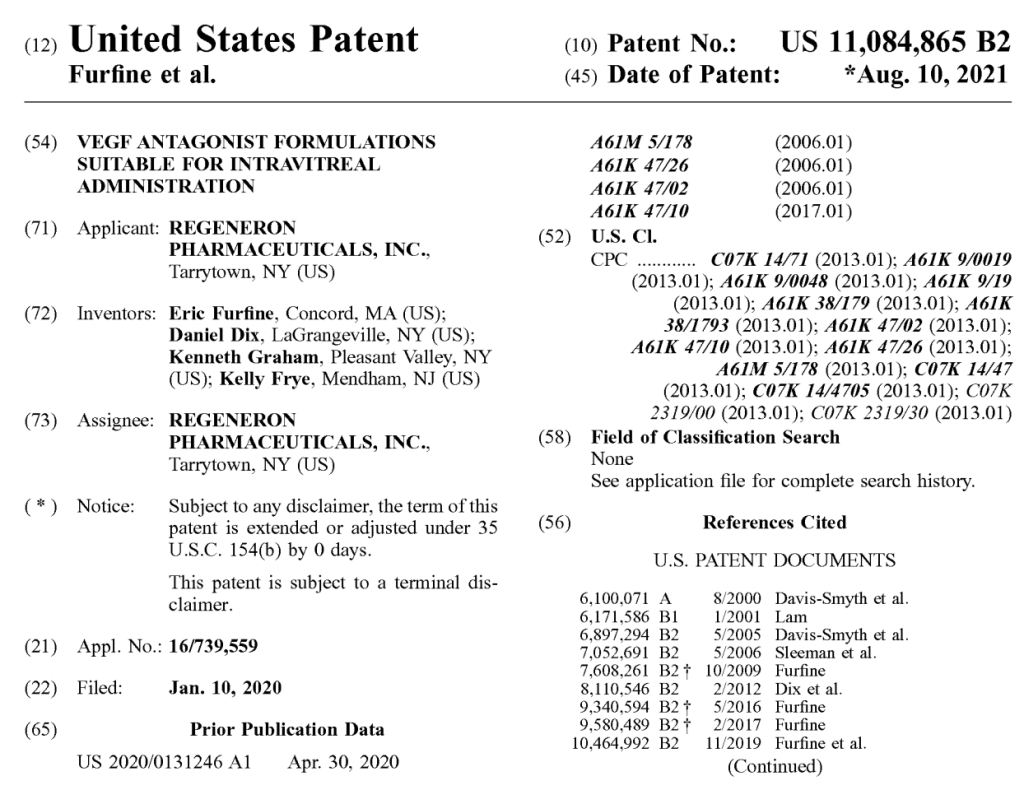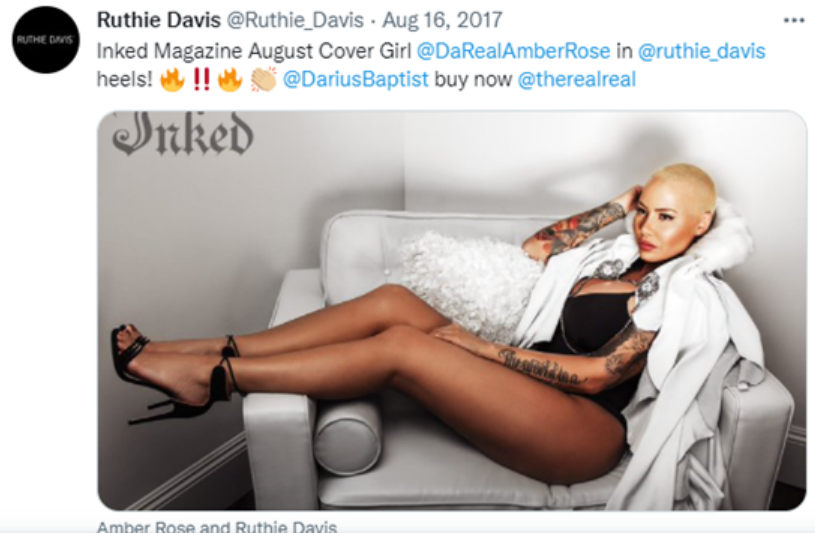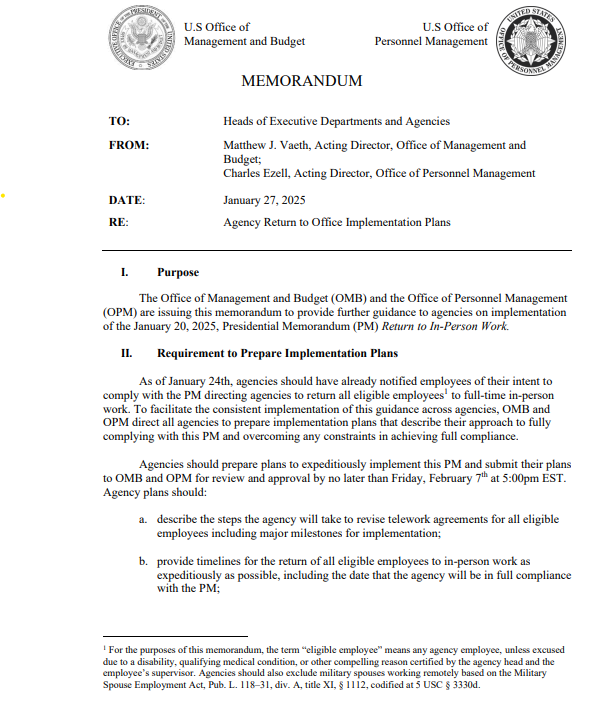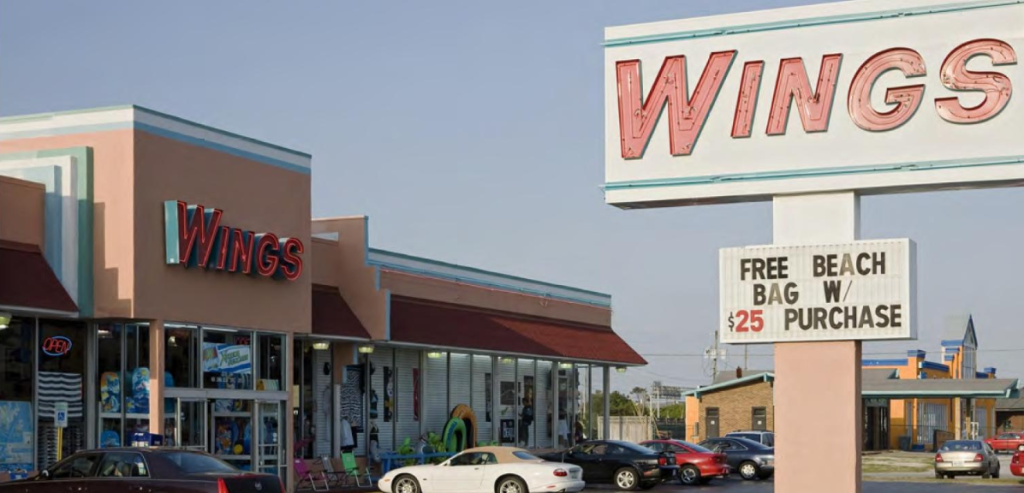by Dennis Crouch
It is tough that one of the very first acts of new USPTO Director Coke Morgan Stewart’s was to cancel hiring for the agency. Two weeks ago I saw a notice that the USPTO expected to hire over 800 new examiners during 2025 in an attempt to address the ever growing backlog of unexamined patent applications. But, today the agency rescinded offers already given and cancelled its job ads. Although unclear, examiners still in their first year probationary period may also be let go. What we have here is the patent office being caught up in the larger political theatre with real world consequences — directly for those individuals losing promised employment and more generally for the intellectual property system as a whole.
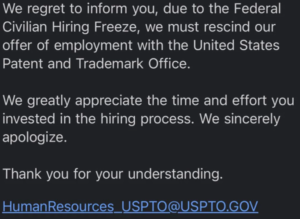
This is the first time I have ever searched USAJobs and found nothing for the USPTO.
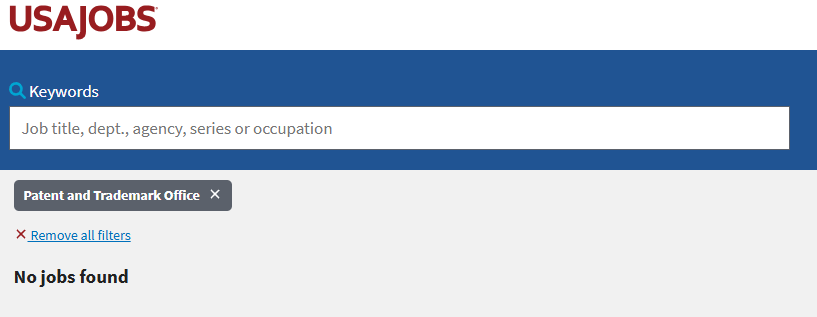 Still, this week the USPTO did not rescind the notices of allowances already mailed. And the patents issued on time at 12:01 am on Tuesday 1/21/25. This includes US12206106 and US12204163. These two are notable because they each list 28 inventors. One of the more interesting is US12205207, issued to Snap Inc. The ‘207 patent describes a system for automated image generation within a messaging or social media platform. The core innovation enables users to generate custom images directly within the platform’s interface by entering text prompts, which are then processed by an AI text-to-image generator to create multiple image options. Users can select from these generated images and immediately apply them as profile backgrounds, chat wallpapers, or media content backgrounds without leaving the platform.
Still, this week the USPTO did not rescind the notices of allowances already mailed. And the patents issued on time at 12:01 am on Tuesday 1/21/25. This includes US12206106 and US12204163. These two are notable because they each list 28 inventors. One of the more interesting is US12205207, issued to Snap Inc. The ‘207 patent describes a system for automated image generation within a messaging or social media platform. The core innovation enables users to generate custom images directly within the platform’s interface by entering text prompts, which are then processed by an AI text-to-image generator to create multiple image options. Users can select from these generated images and immediately apply them as profile backgrounds, chat wallpapers, or media content backgrounds without leaving the platform.
1. A system comprising:
a memory that stores instructions; and
one or more processors configured by the instructions to perform operations comprising:
causing presentation, at a first user device associated with a first user of an interaction system, of a prompt selection interface of an interaction application provided by the interaction system, the interaction application enabling the first user to obtain automatically generated images and to interact with at least a second user of the interaction system;
receiving, from the first user device and via the prompt selection interface of the interaction application, an image generation request comprising a text prompt;
responsive to receiving the image generation request via the prompt selection interface of the interaction application, generating, via an automated text-to-image generator associated with the interaction system and based on the text prompt, an image;
causing presentation, at the first user device, of the image in an image selection interface of the interaction application;
receiving, from the first user device and via the image selection interface of the interaction application, an indication of user input to select the image; and responsive to receiving the indication of the user input to select, via the image selection interface of the interaction application, the image generated via the automated text-to-image generator: modifying, using the selected image generated via the automated text-to-image generator, a user image that is associated with the first user within the interaction system, and enabling the second user of the interaction system to be presented with the modified user image via the interaction application.

